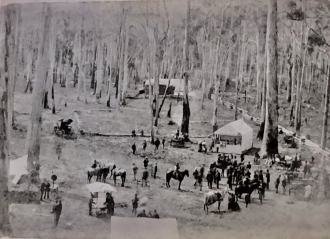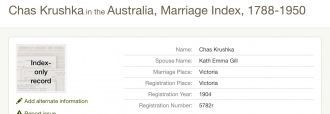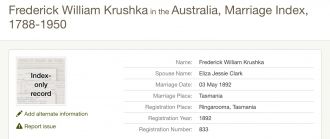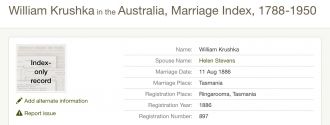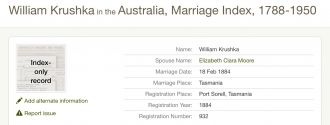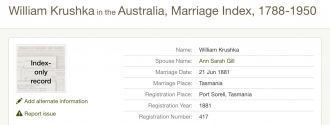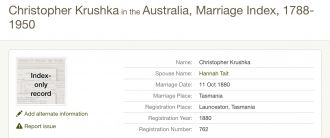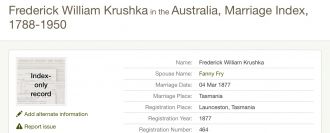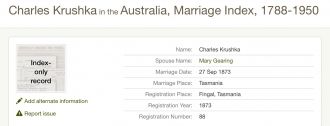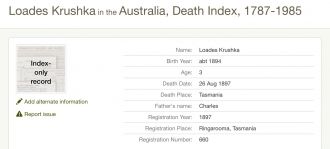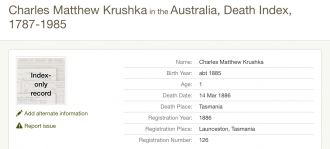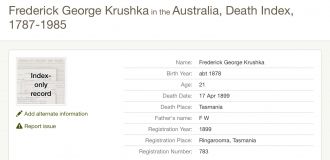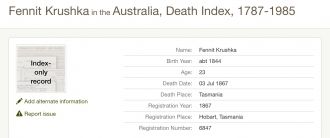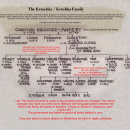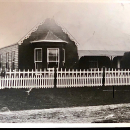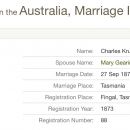Kruschke Family History & Genealogy
Kruschke Last Name History & Origin
AddHistory
We don't have any information on the history of the Kruschke name. Have information to share?
Name Origin
We don't have any information on the origins of the Kruschke name. Have information to share?
Spellings & Pronunciations
We don't have any alternate spellings or pronunciation information on the Kruschke name. Have information to share?
Nationality & Ethnicity
We don't have any information on the nationality / ethnicity of the Kruschke name. Have information to share?
Famous People named Kruschke
Are there famous people from the Kruschke family? Share their story.
Early Kruschkes
These are the earliest records we have of the Kruschke family.

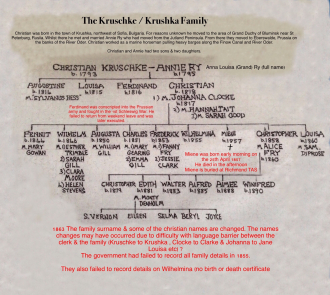

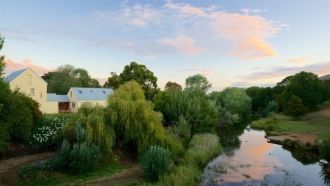

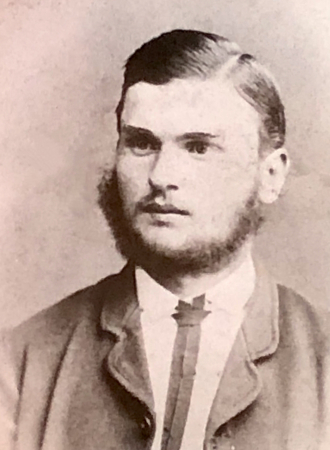

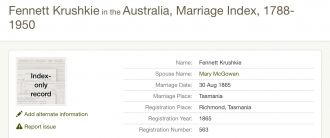

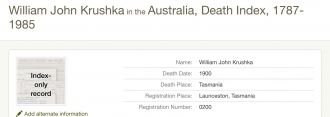
Kruschke Family Photos
Discover Kruschke family photos shared by the community. These photos contain people and places related to the Kruschke last name.

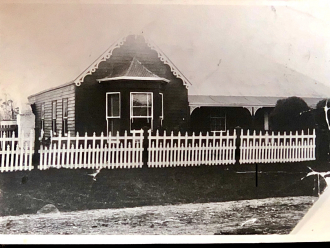
Land later taken over by the government a home demolished and replaced with Ringarooma District School


Born Prussia 1818
Married Johanna Clocke (Jane Louisa) Who died at Richmond, Van Diemens Land 1862 of TB.
They had nine children.
Fennit 1844 Prussia
Wilhelm (William) 1846 Prussia
Augusta 1850 Prussia
Charles 1851 Prussia
Frederick 1853 Prussia
Wilhelmina 1855 born onboard the sailing ship Wilhelmsburg two weeks prior to the arrival in Hobart Town, Van Diemens Land (No birth certificate issued)
Miene Krushka born am 25th April 1857 & died pm the same day at Richmond.
Christopher 1858 Richmond
Louisa 1860 Richmond
Kruschke Family Tree
Discover the most common names, oldest records and life expectancy of people with the last name Kruschke.
Updated Kruschke Biographies

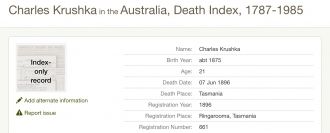

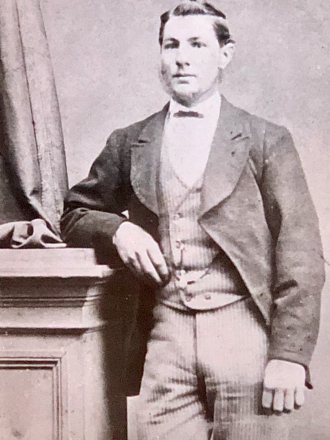










Popular Kruschke Biographies














Kruschke Death Records & Life Expectancy
The average age of a Kruschke family member is 75.0 years old according to our database of 185 people with the last name Kruschke that have a birth and death date listed.
Life Expectancy
Oldest Kruschkes
These are the longest-lived members of the Kruschke family on AncientFaces.
Other Kruschke Records
Share memories about your Kruschke family
Leave comments and ask questions related to the Kruschke family.
Followers & Sources

